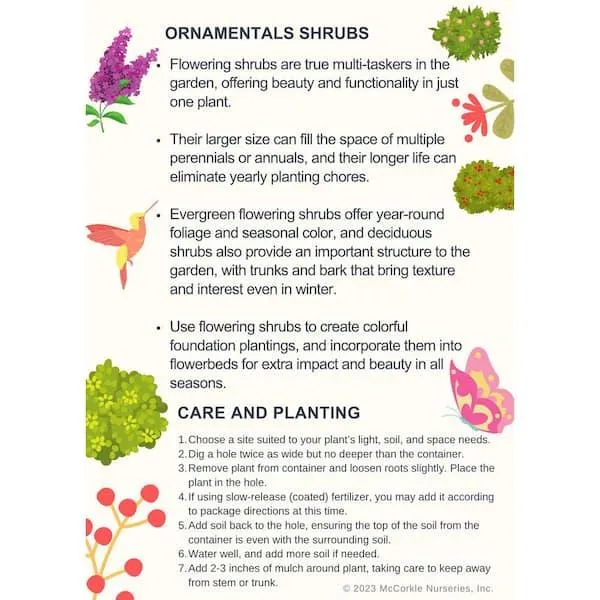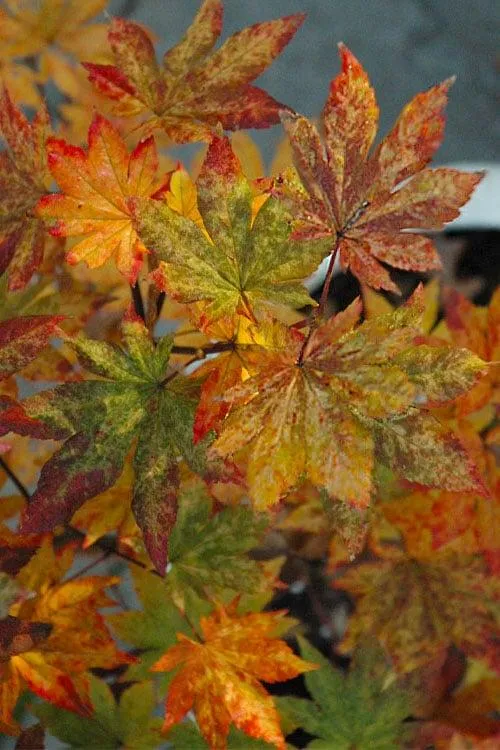What is Variegated and What Causes it in Plants?
If you’ve ever seen plants with streaks or splashes of different colors on their leaves, you’ve seen variegation. Variegated leaves have areas that are a different shade or color than the rest of the leaf. Variegation is caused by genetic mutations that affect how pigments like chlorophyll are distributed in plant tissues.
Types of Variegation
There are a few different types of variegation that can occur:
- Chlorophyll variegation – Areas that lack chlorophyll, appearing white, yellow or cream colored.
- Xanthophyll variegation – Areas with higher concentrations of yellow pigments like carotenoids instead of chlorophyll.
- Anthocyanin variegation – Areas with red, purple or pink pigmentation from anthocyanin pigments in addition to chlorophyll.
The most common type is chlorophyll variegation which creates a bright contrast between green and white areas. Xanthophyll and anthocyanin variegation create more subtle color variations.
Genetic Causes of Variegation
Variegation occurs due to genetic mutations that disrupt how pigment genes are expressed in plant cells. The most common mutations affect genes responsible for transporting or synthesizing chlorophyll. This prevents chloroplast development and chlorophyll production locally in plant tissues.
Variegated plant varieties retain these mutations and pass them down in a stable variegation pattern from generation to generation through seed or vegetative propagation. While mutations can occur randomly, many variegated types have been deliberately selected and propagated by horticulturists.
Environmental Influences on Variegation Expression
While the underlying genetic cause of variegation is fixed, environmental conditions can influence how starkly or extensively it is expressed. Lower light levels tend to increase the size of white or pale areas since chloroplast development is light-dependent. Cool temperatures or nutrient deficiencies may also promote greater variegation expression.

Cuttings, grafts or young plants are likewise more likely to exhibit stronger variegation initially as they become established. Variegation patterns often stabilize and become more subtle with maturity and optimal growing conditions.
Benefits and Drawbacks of Variegation
Variegated foliage makes for attractive ornamental landscape or houseplants. However, variegation does impose some costs on plant fitness and growth due to reduced chlorophyll.
Plants divert more resources to developing leaves instead of other functions like flowering, fruiting or defending against pests and diseases. Variegated plants also face greater stress in low light and are vulnerable to chlorosis, leaf burn or death of white sections in full sun.
To compensate, many variegated cultivars grow more slowly or remain smaller with a bushier habit. Careful siting and acclimation is needed in the initial establishment phase. Some varieties struggle to propagate reliably from seed due to their genetic instability.
So while variegation adds visual appeal, one must choose locations and care practices suited to the light and stress tolerances of specific cultivars. It’s important not to view them as low maintenance depending on ornamental value alone.
Caring for Variegated Plants
To thrive long-term, variegated plants require some special care considerations compared to their solid green counterparts:

- Provide bright, indirect light to avoid burning pale leaf sections and aid photosynthesis.
- Be vigilant for nutrient deficiencies and supply a balanced organic fertilizer in the growing season.
- Water regularly and avoid drought stress, as variegated plants are less drought-tolerant.
- Protection from harsh winds, hail or sun scald may benefit more delicate cultivars.
- Prune to maintain a bushy form and remove stressed or discolored foliage as needed.
With the right growing conditions, variegated plants can shine as low-maintenance focal points. But their limitations mean high-stress landscapes may challenge even hearty varieties. So it pays to understand a variety’s needs before committing to care for years to come.
Variegation in Popular Garden Plants
Many herbaceous perennials, shrubs, trees and tropicals are available in desirable variegated forms. Here are a few commonly grown variegated plants:
- Hosta – Leaf variegation occurs in many cultivars adding stunning patterns to the shade garden.
- Italian Arum – Features white veins and edges contrasting the dark glossy leaves.
- Pothos – Trail this versatile variegated vine for an instant brightening, even in low light.
- Philodendron – Tropical foliage plants dazzle with cream, yellow or white moth-like shapes.
- Fatsia – Bold rounded leaves show off creamy stripes and splotches on this hardy shrub.
- Pittosporum – Dense evergreen shrubs come in yellow or creamy variegated varieties for structure.
Experiment with different variegated cultivars to find the right match for your preferences and growing conditions. With care, they can considerably enhance any landscape for years to come.
I hope this helps answer your questions about variegated plants! Let me know if you need any clarification or have additional questions.
Factors To Consider When Choosing A Variegated Plant
| Factor | Description |
|---|---|
| Light Needs | Variegated plants require bright, indirect light to show their markings. Too much sun can burn leaves. |
| Water Requirements | Some variegated plants are more prone to root rot if overwatered. Allow soil to dry between waterings. |
| Care Level | Low-maintenance variegated plants tend to be heartier and tolerate average home conditions better than high-maintenance varieties. |
| Size | Consider the mature size of a variegated plant to ensure it fits the available space in your home or garden. |
| Patterns | Variegation patterns range from subtle to dramatic. Choose a pattern that matches your home’s style. |
FAQ
-
What is variegated?
Variegated basically means having patches or streaks of different colors. A variegated plant has leaves or stems marked with contrasts of light and dark green, yellow, or white.
-
What types of plants come in variegated varieties?
Lots of popular houseplants can be variegated, like pothos, philodendron, and spider plants. Variegated succulents like echeveria and sansevieria are also fairly common. Perhaps palm trees, ficus, and peace lilies are some other green beauties that sometimes come variegated too.

-
Are variegated plants harder to care for than solid green varieties?
For the most part, variegated plants have similar care requirements to their green counterparts. However, the white or yellow parts of the leaves tend to be more delicate and prone to scorching ifOverwatering can also be more of an issue since the variegated areas are not as efficient at photosynthesis. So you kind of have to keep a close eye on soil moisture levels if you want to keep the variegation looking good.
-
Why are variegated plants sometimes more expensive?
Nurseries charge a premium for variegated plants because the variegation does not always come true from seed or cuttings. It takes experimentation and selection to develop and maintain a variegated cultivar. So in a way, the variegation is a cultivated trait that has been selected for over generations. The lower yield and greater effort in propagating means variegated plants cost more, which seems fair considering the vibrant colors they add to any space!
-
Will a variegated plant lose its variegation over time?
It’s possible for a variegated plant’s leaves to revert completely green in some instances, basically losing the intended variegation. This can occur due to environmental or genetic factors. Giving the plant optimal care helps reduce this risk. Cuttings are usually taken to preserve a cultivar’s variegation. Perhaps the original plant starts a leaf society to find out why it’s happening.
-
Are variegated plants lower maintenance than solid colored varieties?
While variegated plants don’t necessarily require less care overall, the stunning variegation practically takes care of itself by brightening up any room. The splashes of white and yellow act sort of like a low maintenance decorating alternative to paintings or accessories. At the same time, their higher light and watering needs balance it out so they aren’t exactly low maintenance.
-
In what ways can variegated plants be used in interiors or gardening?
Variegated plants add an amazing visual pop to both indoor and outdoor spaces. Their two-toned leaves provide stunning contrast and visual interest. In a home, they’re perfect for brightening dull corners or drawing attention to specific areas. For landscaping, variegated shrubs, perennials, and groundcovers can define borders or act as accent plants alongside darker foliage. Their eye-catching spots literally make landscapes more beautiful!
-
Are solid green and variegated cultivars of the same species always identical apart from leaf color?
Not necessarily. While the overall shape, size, and growth habit tend to be quite similar between variegated and green versions of many species, there are sometimes other distinct differences beyond just leaf color. For example, variegated forms may grow slower or stay more compact. Their lighting and moisture needs could vary a bit too. Variegated plants may even flower or fruit less prolifically than solid colored types. So variegation does go deeper than only aesthetics sometimes.

